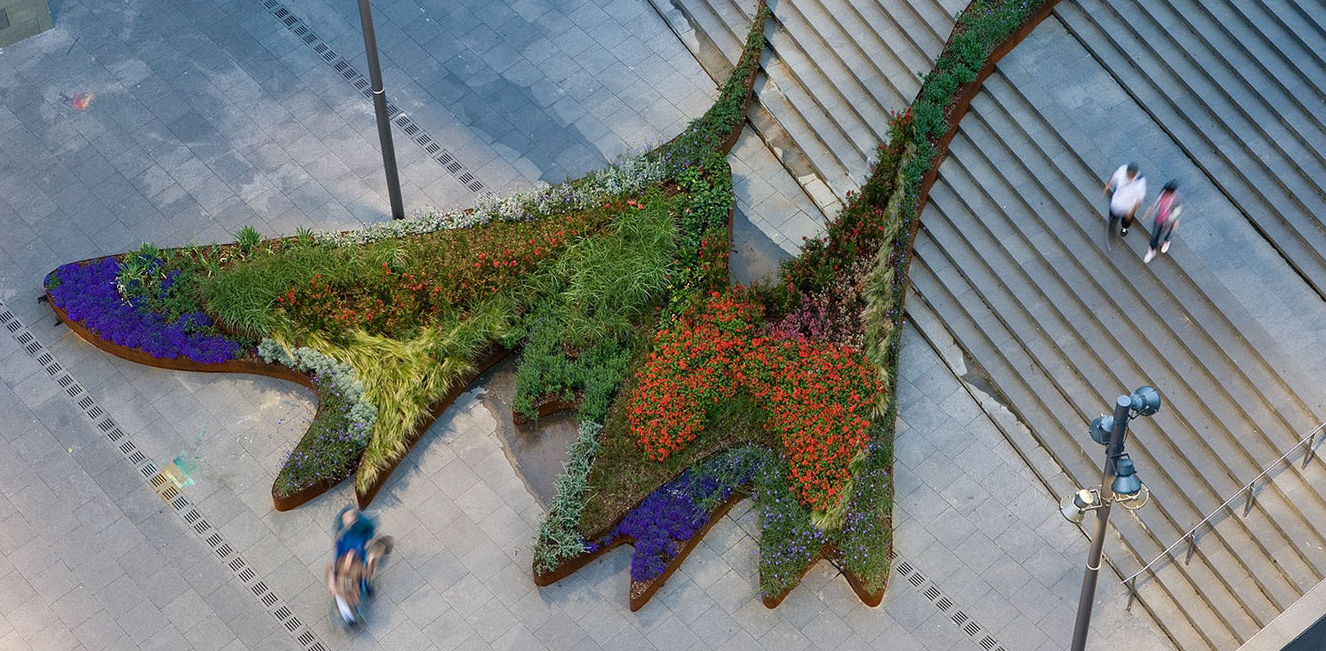The latest edition of “Architizer: The World’s Best Architecture” — a stunning, hardbound book celebrating the most inspiring contemporary architecture from around the globe — is now available. Order your copy today.
In most places around the world, bricks have been an architectural staple for centuries, in some cases, millennia. It is probable that bricks are the world’s earliest manmade building material.
Yet, the material is rarely celebrated as important, influential, or exciting; no books have been published on the subject for a decade: brick buildings are utterly ubiquitous and yet utterly invisible. Perhaps that’s because bricks come in such a humble, unassuming, manageable form — they’re sized to be gripped in one hand while the other applies mortar — and that they’re basically just made of earth.
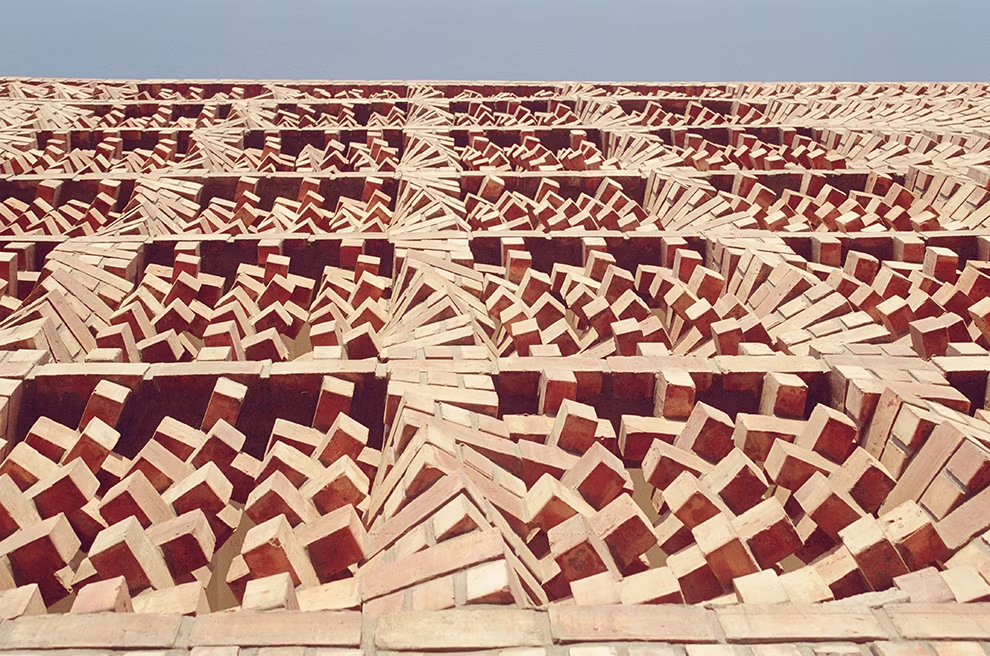
© Anagram Architects
Detail of the South Asian Human Rights Documentation Centre
Brick doesn’t have the grandeur of stone or the modernity of concrete or steel. But they do have a remarkable series of properties: they’re economical, weather resistant, and fireproof. They can be made locally from natural materials and they’re recyclable. They’re also environmentally efficient, as their open cell structure stores heat and releases it slowly, making brick buildings cool in summer and warm in winter. Lastly, bricks are also widely liked by non-architects.
A new generation of architects is reimagining what a brick building is, and their work demonstrates that, far from being anachronistic, brick is likely to remain relevant in the future as new ways are found to exploit its many qualities.

© Mecanoo
Open Air Museum by Mecanoo (2000), Arnhem, Netherlands
This open-air heritage museum is a collection of vernacular buildings from across the Netherlands. A 470-feet-long wall formed of a tapestry of bricks of different bonding and jointing methods welcomes visitors to the site — a clear nod to the variety of bricks to be found beyond the wall.
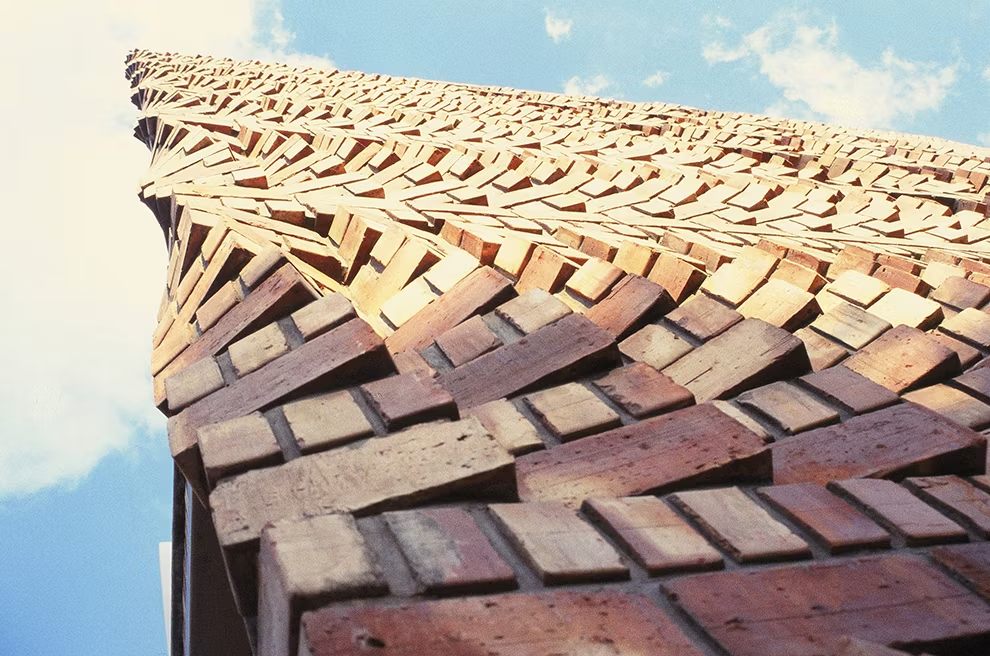
© Anagram Architects
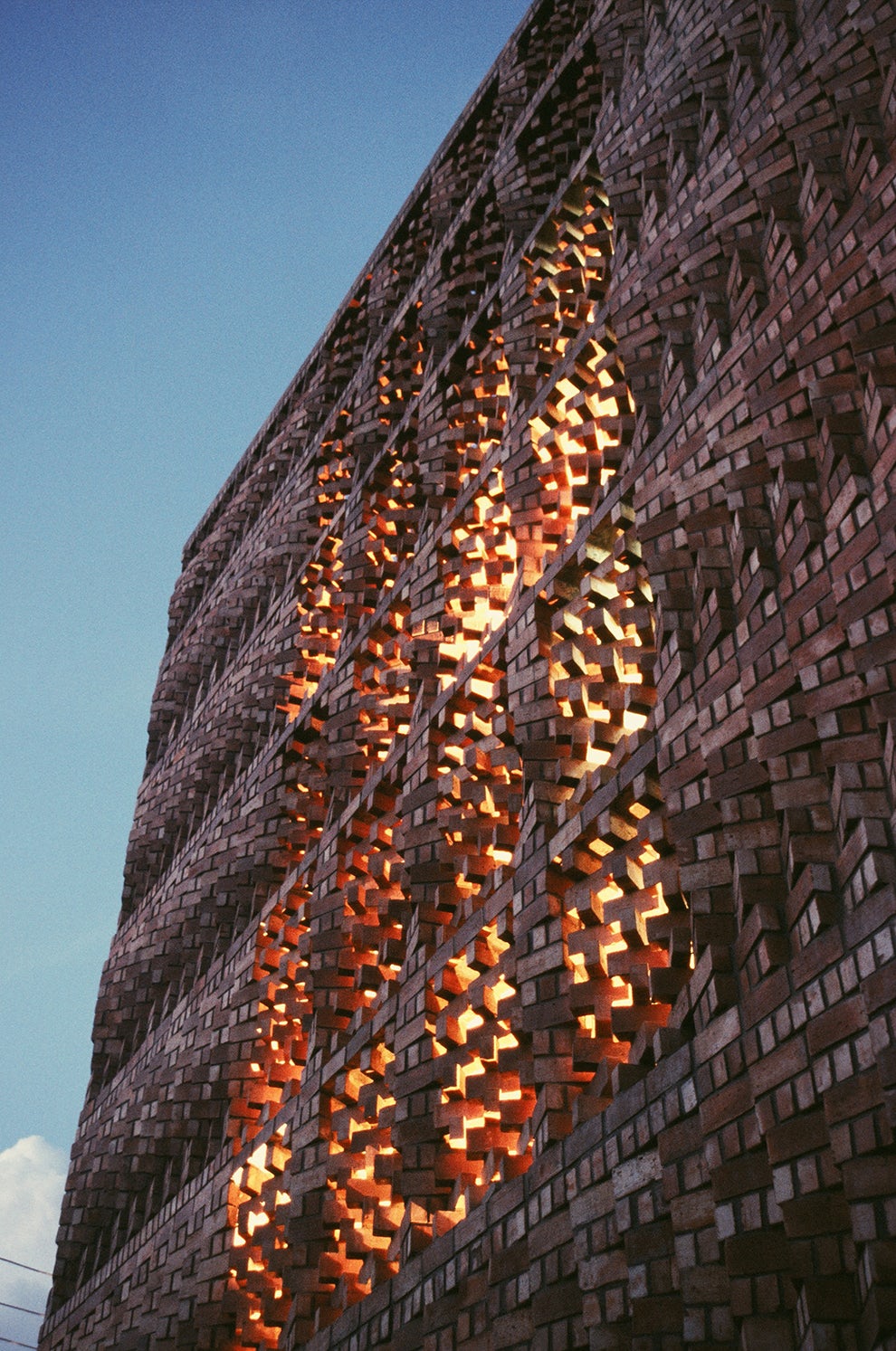
© Anagram Architects
South Asian Human Rights Documentation Centre by Anagram Architects (2005), New Delhi, India
Briefed to block noise and direct sunlight while retaining some light and ventilation, Anagram conceived this elegantly arranged perforated wall. It screens an office building for a Human Rights NGO. The project demonstrates the delicacy that brick can have — in a form that would not be conceived with any other material.

© Filip Dujardin Photography
Community Centre Westvleteren by Atelier Tom Vanhee with Room and Room (2011), Westvleteren, Belgium
Combining elements of a town hall, a 19th-century school, and a 1990s storage building, the architects unified a patchwork of brick into a new whole. The existing elements are decipherable, which means that the renovation has a palpable sense of both history and rebirth that is entirely appropriate to its role as a community center.
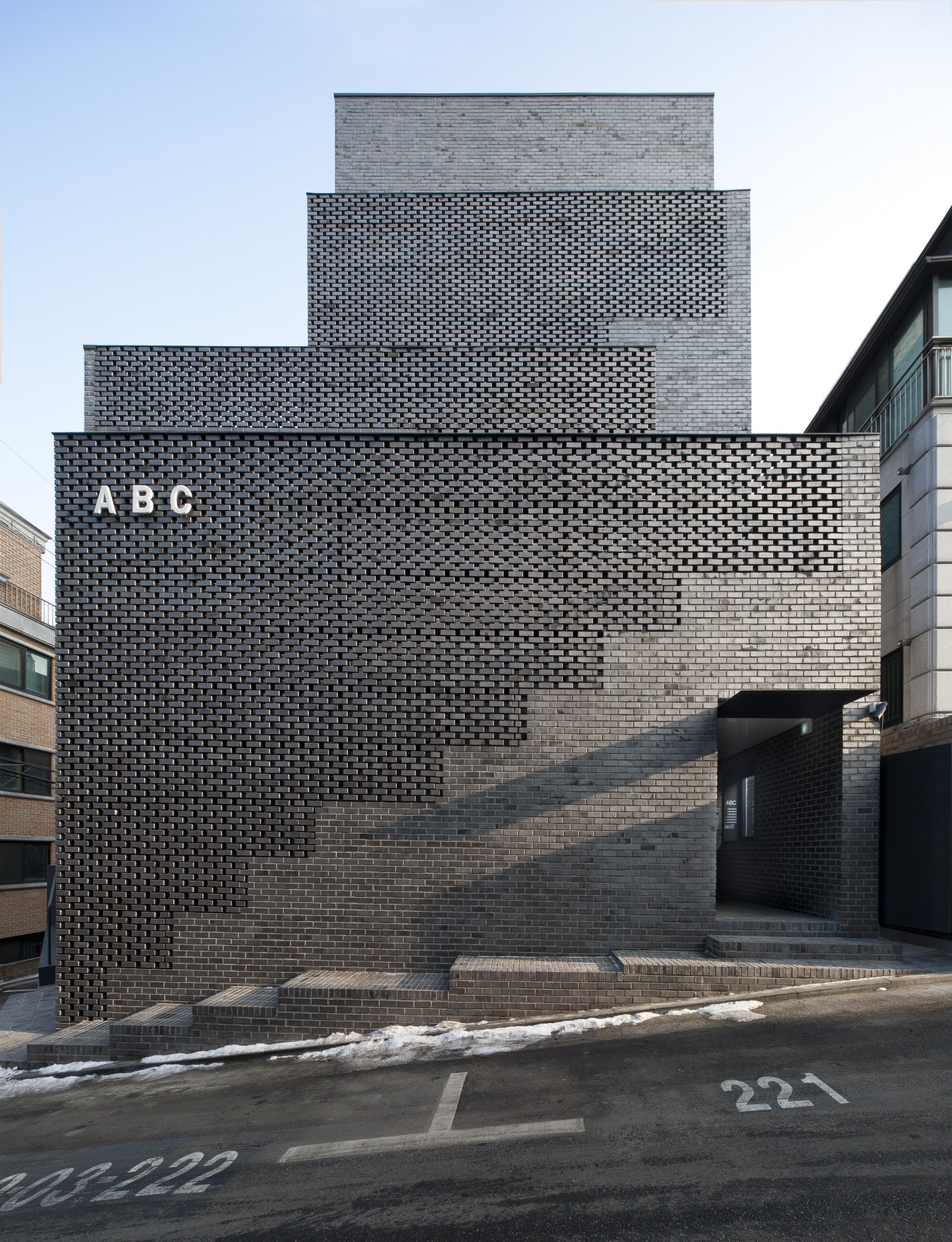
© WISE Architecture
ABC Building by Wise Architecture (2012), Seoul, South Korea
This five-story office building features what the architect has coined an “architectural mountain.” The switchback staircase reaches the top of the building in five flights arriving at the roof terrace “summit.” Most captivating are the perforated walls along the way, which allow views out even as they give the building a resolute mass from afar.

Image via museum.de.
Kolumba Art Museum by Peter Zumthor (2010), Cologne, Germany
There has likely been a church on this site for over a thousand years. While parts of its medieval incarnation survive, most of the site was destroyed during World War II. Zumthor chose to incorporate the surviving elements, combining the dispersed original buildings into a coherent whole. Perforations allow air and city noise to permeate the walls of this museum, while color-matched mortar gives the building a solid, grounded quality.

© SHoP Architects

© SHoP Architects
Mulberry House by SHoP Architects (2009), New York, N.Y.
Local planning codes required that this reinforced concrete high-rise apartment block must be clad in masonry. To create the undulating brick façade, each panel was created off site. A rubber form held the bricks in position on the floor, and concrete was poured on top. When cured, the rubber form was removed to leave the monolithic panel ready for mounting to the façade.

© T.T.H.R. Aedes Studio

© T.T.H.R. Aedes Studio
Red Apple Apartment by Aedes Studio (2013), Sofia, Bulgaria
Building on a site with scant historical references, Aedes Studio created their own. Echoing many postindustrial cities across Europe, they conceived a former factory building, then imagined its conversion into modern apartments. This conceit — or perhaps deceit — allows for a series of engaging details such as chimneys, metal cages for balconies, and apparently random positions of double-height spaces. The whole remains coherent due to the consistent use of brick.

© Mass Studies, SLADE ARCHITECTURE
Pixel House by Mass Studies and Slade Architecture (2003), Gyeonggido, South Korea
Stepped brickwork defines the perimeter and roof of this striking family house in South Korea. The clients wanted a friendly building that welcomed the local community to share the space outside their home. A rounded form like this is difficult to achieve in brick, yet the result is appealingly playful.

Image courtesy Johan Celsing.
Årsta Church by Johan Celsing (2008), Stockholm, Sweden
This Lutheran church sits on bedrock overlooking a suburb of Stockholm. A huge number of materials are used for a small site — green and white glazed, red, perforated, and lime washed bricks among them — yet their masterful composition and restrained detailing have resulted in a quietly powerful space. The walls are made of load-bearing brick, unlike many 21st-century brick buildings, which have a reinforced concrete structure. One result of supporting such weight is that the walls at ground level are about three feet thick.

Ningbo Museum by Wang Shu (2008), Ningbo, China
This massive museum of Chinese history uses salvaged local materials of various shapes and sizes including tens of thousands of bricks. Shu deliberately alluded to both the topography of the area by making mountainous references and to the sea-trading tradition of Ningbo: the building’s object-like autonomy and boat-prow form make it seem like a giant vessel floating through the landscape.
For more incredible brick projects, check out William Hall’s beautiful book Brick (Phaidon, 2015):
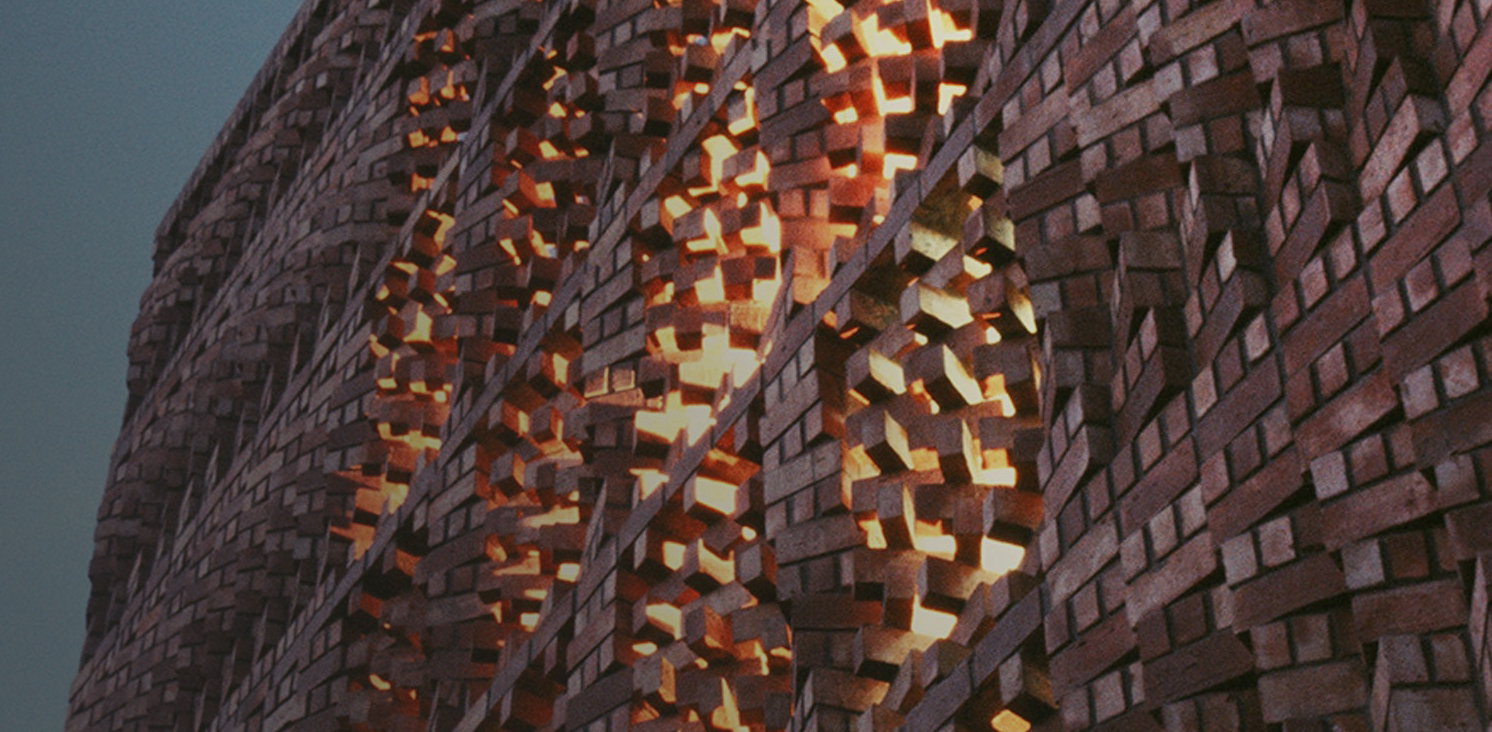
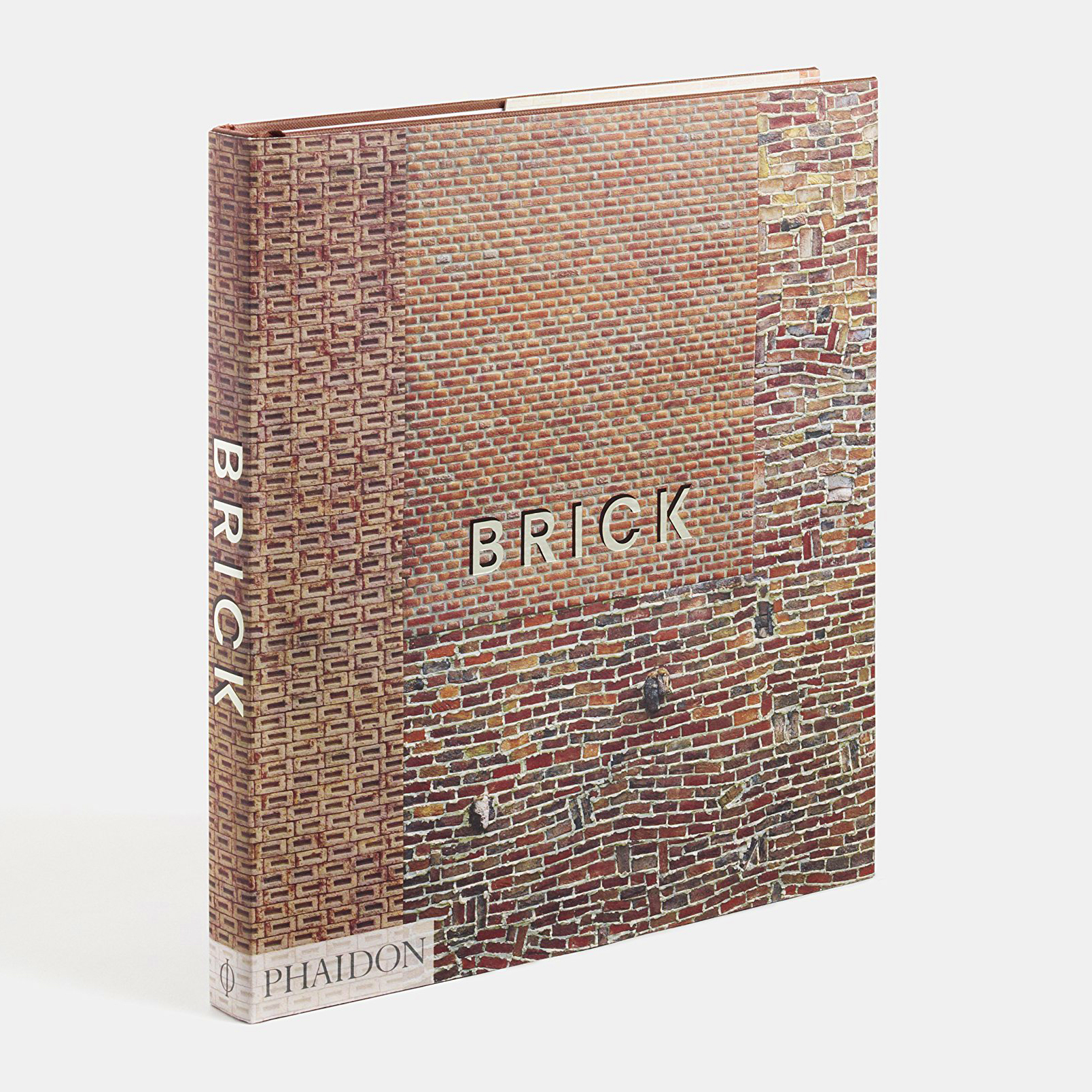





 ABC Building
ABC Building  Apartment Building "Ivan Vazov"
Apartment Building "Ivan Vazov"  Community Centre Westvleteren
Community Centre Westvleteren  Kolumba Museum, by Peter Zumthor
Kolumba Museum, by Peter Zumthor  Mulberry House
Mulberry House  Netherlands Open Air Museum
Netherlands Open Air Museum  Pixel House
Pixel House  SOUTH ASIAN HUMAN RIGHTS DOCUMENTATION CENTRE
SOUTH ASIAN HUMAN RIGHTS DOCUMENTATION CENTRE 